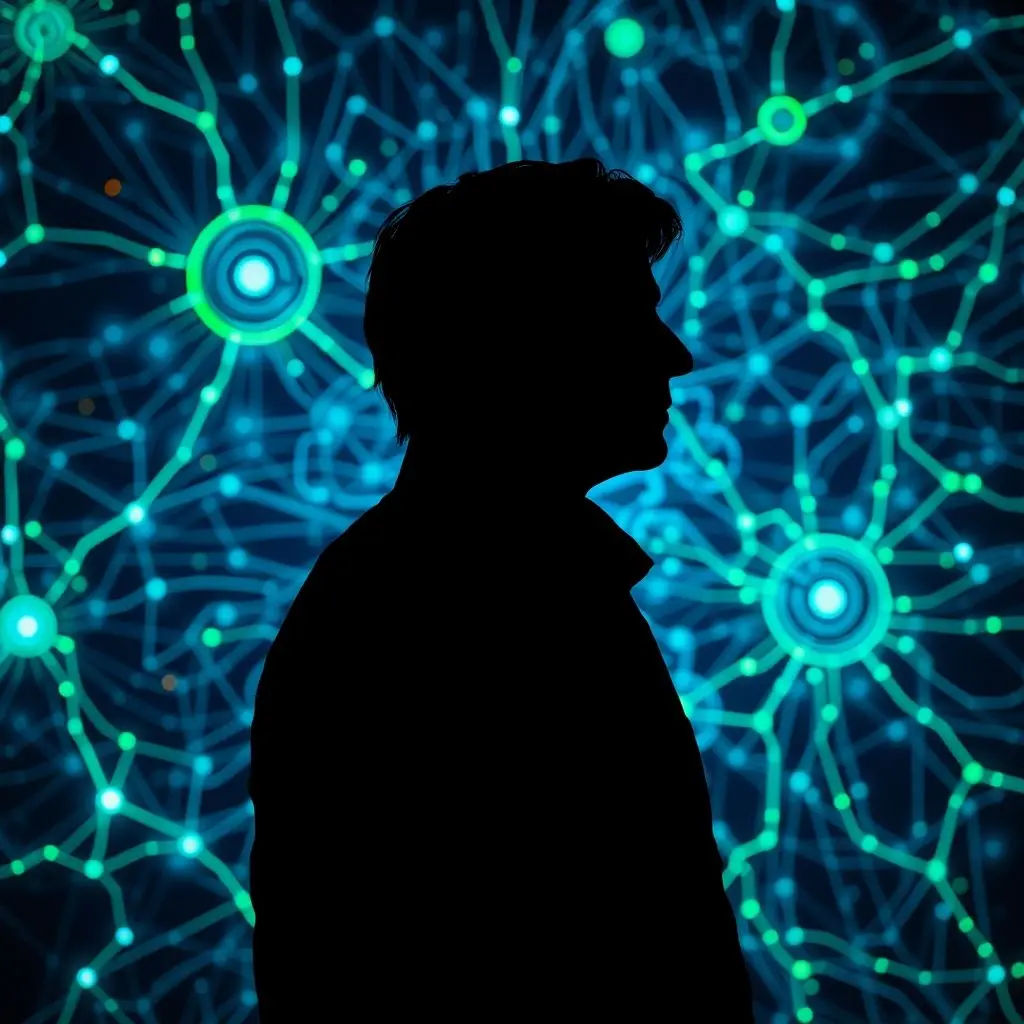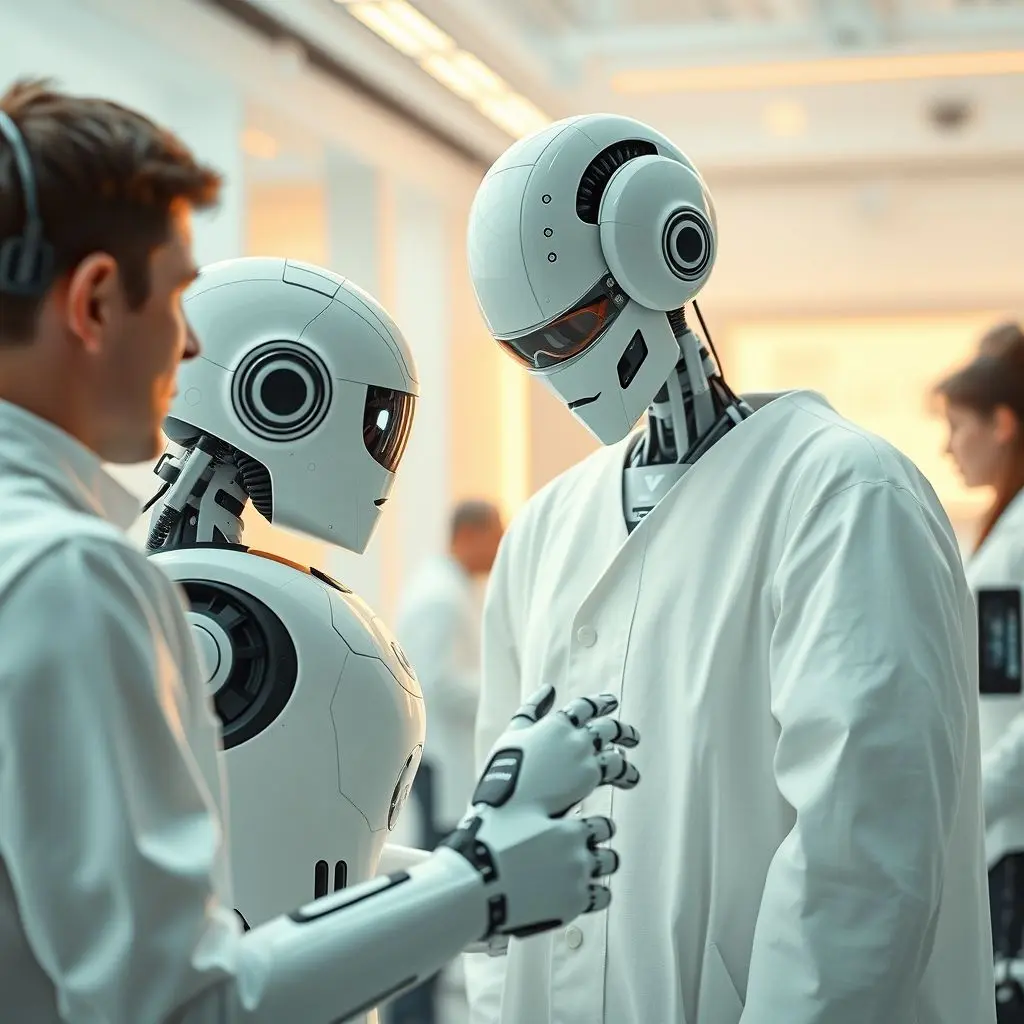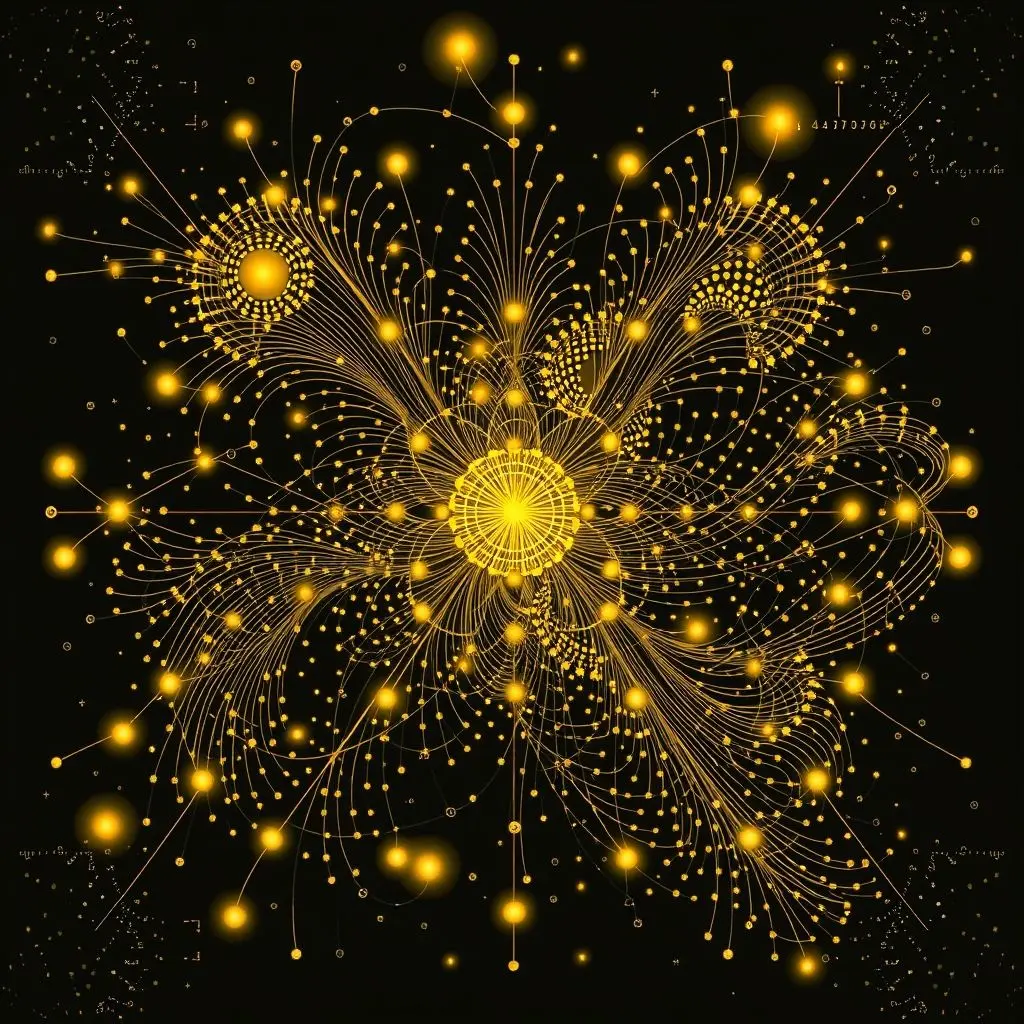Ever let your mind wander into the ‘what ifs’ of history? That tantalizing space where one small change could rewrite our present? Imagine your smartphone, your laptop, heck, your entire digital existence, potentially looking and feeling vastly different… all because one brilliant mind might have had a few more decades. It’s a thought that can really, as they say, wrinkle your brain a little.
If you’re already pondering this alternate timeline, you’re in good company! We even made a quick short about it – take a peek, it might just compute the value of that ‘like’ button for you:
Alan Turing, the visionary mathematician, groundbreaking codebreaker, and undisputed father of theoretical computer science and artificial intelligence, left an indelible mark on the 20th century. His contributions were monumental, shaping the very foundations of the digital world we inhabit. But his life was tragically cut short in 1954, at the young age of 41. The question that hangs heavy in the air for historians, scientists, and tech enthusiasts alike is: what if Alan Turing had lived longer? What if he’d had another 20, 30, perhaps even 40 years to continue his pioneering work?

Table of Contents
The Titan We Lost: A Glimpse at Turing’s Monumental Legacy
Before we dive into speculation, it’s crucial to appreciate the sheer scale of what Turing did achieve in his relatively short life:
- The Universal Turing Machine: In 1936, he conceived this theoretical device, a blueprint for every digital computer that has ever existed. It laid the groundwork for understanding computability and the limits of computation.
- Codebreaking at Bletchley Park: During World War II, Turing’s genius was instrumental in cracking the German Enigma code. His work is credited with significantly shortening the war and saving millions of lives, though its full extent remained a closely guarded secret for decades.
- ACE (Automatic Computing Engine): Post-war, he designed one of the first stored-program computers, the ACE, at the National Physical Laboratory. Though plagued by delays, his design was influential.
- The Turing Test: In his 1950 paper, “Computing Machinery and Intelligence,” he proposed what’s now known as the Turing Test – a benchmark for gauging a machine’s ability to exhibit intelligent behavior indistinguishable from that of a human. This paper kickstarted the field of Artificial Intelligence.
- Morphogenesis: Later in his career, Turing ventured into mathematical biology, publishing a seminal paper on morphogenesis – how biological patterns (like spots on a leopard or stripes on a zebra) are formed. This work was decades ahead of its time.
An Alternate Timeline: Potential Ripples of a Longer Turing Era
So, what marvels might have emerged if this extraordinary intellect had continued to burn brightly for several more decades? While we can only speculate, the possibilities are staggering.
The AI Revolution – Decades Sooner?
This is perhaps the most tantalizing area. Turing wasn’t just dabbling in AI; he was laying its philosophical and practical foundations.

- Beyond the Turing Test: He might have refined or even superseded his own test, pushing for deeper, more nuanced understandings of machine consciousness and cognition. Would we have computers capable of genuine understanding, not just clever mimicry, far earlier?
- Neural Networks and Machine Learning: The seeds of these fields were sown around his time. With his mathematical prowess and vision, Turing could have dramatically accelerated research into learning algorithms, perhaps even guiding the debate between symbolic AI and connectionism from a unique vantage point.
- Natural Language Processing (NLP): Imagine computers truly grasping the subtleties of human language decades ago. The implications for search, translation, and human-computer interaction would be immense. Perhaps your autocorrect wouldn’t be so infuriating!
- Ethical AI Frameworks: Given his thoughtful nature, Turing might have foreseen the ethical quandaries of advanced AI, guiding early discussions and helping to establish robust ethical frameworks before AI became as pervasive as it is today.
Computing’s Next Frontier: Beyond Silicon?
Turing’s mind wasn’t confined to theory. His work on the ACE computer shows his interest in practical computation.
- Hardware Innovations: Could he have conceptualized radically different computer architectures, perhaps moving beyond the von Neumann architecture sooner or even exploring bio-inspired computing based on his morphogenesis work?
- Software Paradigms: His mathematical insights could have led to entirely new programming languages or operating system philosophies, potentially making software more robust, secure, or even intuitive.
- Cryptography in the Digital Age: While his wartime cryptographic work was specific to that era, his fundamental understanding of codes and information security would have been invaluable as the digital age dawned. How might he have shaped modern encryption standards or approaches to cybersecurity?
Decoding Life Itself: The Promise of Morphogenesis
Turing’s work on how patterns form in biological systems was revolutionary. More time could have transformed this theoretical insight into practical breakthroughs.

- From Theory to Application: He might have developed his reaction-diffusion models further, leading to earlier and deeper understanding of embryonic development, tissue growth, and even the formation of complex biological structures.
- Impact on Medicine: This knowledge could have accelerated advancements in areas like disease modelling (e.g., cancer growth patterns), regenerative medicine, and drug development.
- A Unified Theory of Biological Form: Could Turing have laid the groundwork for a more comprehensive mathematical theory of biological development, bridging the gap between genetics and physical form?
A Voice for Science and Reason: Turing in the Public Sphere
The tragic end to Turing’s life came after his prosecution for homosexuality – then a crime in Britain – and his subsequent chemical castration. This is a crucial, painful part of his story.
- The Shadow of Persecution: A longer life might have seen him live to witness the declassification of his vital wartime contributions sooner, perhaps leading to earlier public recognition and vindication.
- Public Intellectual: With his immense intellect and ability to think profoundly about complex issues, Turing could have become a significant public voice on science, technology, and ethics.
- Advocacy and Influence: It’s speculative, and we must be careful not to impose modern sensibilities anachronistically, but one wonders if a longer-lived, publicly respected Turing could have influenced societal attitudes towards LGBTQ+ individuals, or at least become a powerful symbol for persecuted intellectuals. (Disclaimer: This is highly speculative and depends on many societal factors of the time.)
The Sobering Realities and Unshakeable Certainties
While it’s fascinating to imagine these alternate paths, it’s also important to acknowledge some realities.
- Science is Collaborative: Even a genius like Turing worked within a broader scientific community. Progress is often a collective, incremental effort, not solely reliant on one individual.
- Technological Dependencies: Many breakthroughs depend on parallel advancements in materials science, engineering, and manufacturing capabilities. Some ideas, no matter how brilliant, must wait for their enabling technologies.
- The “Great Man” Theory: While individuals can have outsized impacts, focusing too much on one person can sometimes overshadow the contributions of many others and the complex interplay of societal and technological forces.

Despite these caveats, one thing is certain: Alan Turing’s actual legacy is already monumental. The foundations he laid are so profound that they continue to support and inspire innovation today. Our digital world is, in no small part, built upon his ideas.
The Echo of an Unfinished Symphony
Pondering what might have been if Alan Turing had lived longer is more than just a historical thought experiment. It’s a way to appreciate the sheer magnitude of his intellect, the breadth of his interests, and the profound tragedy of a brilliant life cut short by prejudice and misunderstanding. While we’ll never know the exact contours of that unwritten future, the exercise itself highlights the immense loss – not just to science and technology, but to humanity.
His symphony was unfinished, yet the movements he did compose resonate with power and genius, shaping the rhythm of our modern lives. The next time your phone understands your voice, or AI helps solve a complex problem, take a moment to remember the quiet, extraordinary man who dreamed it all up decades ago.
Frequently Asked Questions (FAQs)
What was Alan Turing most famous for?
Alan Turing is most famous for his foundational work in theoretical computer science, conceiving the Turing machine (a model of a general-purpose computer), his pivotal role in cracking German Enigma codes during World War II, and proposing the Turing Test as a measure of artificial intelligence.
How did Alan Turing die?
Alan Turing died on June 7, 1954, at the age of 41. The official inquest determined his death was suicide by cyanide poisoning, likely by ingesting a cyanide-laced apple. However, some evidence and theories suggest it might have been accidental poisoning due to chemical experiments he was conducting, or even a staged suicide to allow his mother plausible deniability. The circumstances remain a subject of some discussion, though suicide is the most widely accepted explanation.
What is the Turing Test?
The Turing Test, proposed by Alan Turing in 1950, is a test of a machine’s ability to exhibit intelligent behavior equivalent to, or indistinguishable from, that of a human. In the test, a human evaluator engages in natural language conversations with both a human and a machine, each in a separate room. If the evaluator cannot reliably tell the machine from the human, the machine is said to have passed the test.
Could Artificial Intelligence be radically different today if Turing had lived longer?
It’s highly probable. Turing was at the forefront of AI thinking. With more time, he could have steered research in unique directions, accelerated breakthroughs in areas like machine learning or natural language understanding, and potentially helped establish ethical frameworks much earlier. While speculative, his continued leadership would undoubtedly have had a profound impact, possibly leading to more philosophically grounded or even more advanced AI systems today.
What is morphogenesis, and what was Turing’s contribution?
Morphogenesis is the biological process that causes an organism to develop its shape and form. Alan Turing published a seminal paper, “The Chemical Basis of Morphogenesis,” in 1952. He proposed a theory of reaction-diffusion systems, where two or more chemical substances (morphogens) spreading (diffusing) through tissues and reacting with each other could spontaneously self-organize to form stable patterns. These patterns, now often called “Turing patterns,” can explain phenomena like animal coat markings (spots, stripes), the arrangement of leaves on a stem, and other biological structures. A longer life might have seen him develop these groundbreaking ideas further, potentially revolutionizing developmental biology.


